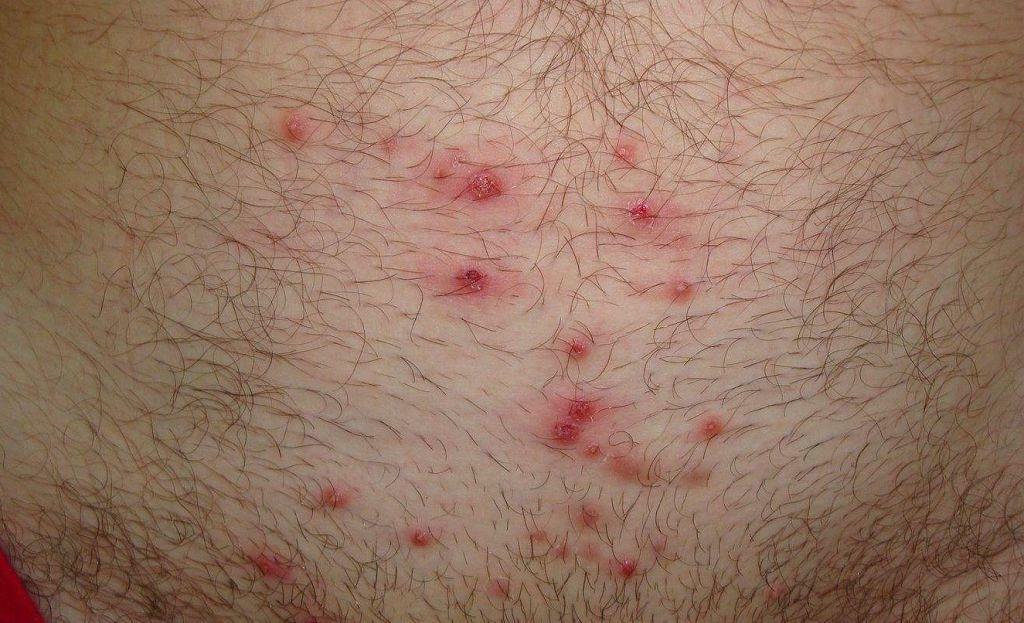A throat swab is often done to diagnose a variety of infections and is a standard medical procedure. The technique is also aimed at eliminating a number of especially dangerous pathologies, which, without timely treatment, can lead to chronic damage to the most important systems in the human body.
Record content:
- 1 general description
- 2 What does a throat swab show?
- 3 Assignment of analysis and where to pass
- 4 Types of smears for microflora
- 5 Indications for their appointment
- 6 How to prepare
- 7 Material intake
-
8 Analysis decoding
- 8.1 Cytological examination
- 8.2 Bacteriological examination
- 8.3 Bacterial culture
-
9 What indicators are the most dangerous
- 9.1 Staphylococcus aureus
- 9.2 Streptococcus
- 9.3 Meningococcus
- 9.4 Pseudomonas aeruginosa
- 10 Features of treatment to eliminate pathogenic microflora
- 11 Throat sowing video
general description
A throat swab for infections is a bacterioscopic examination of biological material taken from a patient in a fairly simple and painless way. Immediately after sampling, the material is sent to the laboratory, where experts evaluate the result in various ways.
To identify the causative agent of the disease, the smear can be stained, treated with alkaline solutions and subjected to other manipulations, after which the laboratory assistant will receive objective data.
After determining the type of microorganisms, the observing doctor will be able to prescribe a suitable therapy, which will be highly effective in each case. At the same time, the advantage for the patient is always the absence of the need to empirically select a set of drugs to eliminate symptoms and reduce the drug load on the body.
Throat swab is a widely accepted name for the procedure. In medical language, the term sounds like sowing from the pharynx to the flora and determining the sensitivity of the infection to the action of the main antibacterial agents and bacteriophages.
What does a throat swab show?
Among the most common and undesirable pathologies, the following microorganisms are most often detected:
- Staphylococcus aureus;
- haemophilus influenzae;
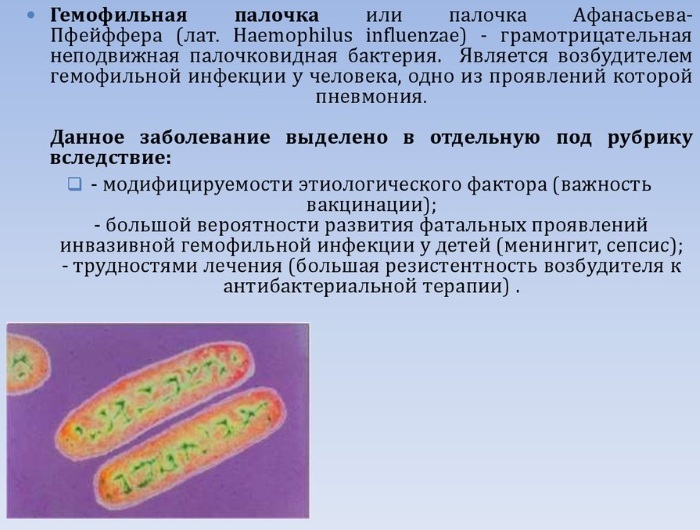
- candida albicans;
- colibacillus;
- enterobacteria;
- meningococcus;
- pneumococci;
- mycoplasma;
- gonococci;
- listeria.
All of them, under favorable conditions, begin a vigorous life activity, actively multiply and cause many-sided harm to the human body at any age. Special control is always necessary for children, pregnant women and the elderly due to insufficiently strong immunity.
Assignment of analysis and where to pass
To determine the type of infection, the observing doctor, therapist or otolaryngologist, if necessary, will refer the patient to the laboratory of the polyclinic at the place of residence. In some cases, for a quick and high-quality diagnosis, you may need to contact private health centers.
At the same time, prices are determined by the genus, type and number of pathogens detected, and by the type of organization. If desired, there is usually always the opportunity to attach to another clinic, if it is inconvenient to be monitored for registration for various reasons.
Types of smears for microflora
In medical practice, the following types of flora studies are distinguished:
- cytological analysis - allows you to detect atypical cells for a specific zone;
- bacteriological analysis - to directly determine the type of pathogen;
-
bacterial culture - designed to identify concomitant pathologies.

In practice, the sampling of biomaterial is practically no different for the patient, but in the future, the samples are subjected to various manipulations according to specially developed methods.
Indications for their appointment
A throat swab for infections is mainly prescribed for persistent and recurrent diseases of the oral cavity, nose and lung tissues.
Other indications include the following:
- addiction to the drug;
- ineffectiveness of the prescribed therapy;
- examination during pregnancy;
- admission of a child to kindergarten;
- suspicion of a dangerous infection;
- the period of preparation for the operation;
- planned medical examination.
In addition to the obvious need, the smear can be examined for early detection of infection when no symptoms are yet observed. This will allow you to undergo preventive therapy and suppress the sleeping infection.
How to prepare
To get a reliable result, you should start a simple preparation in advance.
Time to sample collection and recommendations for the patient | |
| For 5 days | You should not take antibiotics, antifungal and immunobiological agents to avoid suppression of the multiplying microflora. |
| In 3 days | Do not treat the mouth and nose with local antiseptics, which can drastically reduce the number of microorganisms. |
| On the day of the study | 3-4 hours before taking the analysis, it is forbidden to eat food and hot drinks, brush your teeth, use chewing gum. |
Before taking a smear, it is advisable to breathe through the nose, not to be in the frosty air for a long time and not to talk. The fewer negative factors for developing microorganisms, the more accurately it will be possible to determine their types and degree of tissue damage.
Material intake
The procedure for taking a sample of biological material presents no difficulties either for the patient or for the laboratory assistant:
- the examined person should sit comfortably on a chair with a straight back;
- for access to the back of the pharynx to be complete, you need to tilt your head back slightly;
- to take a smear, specialists use a long spatula with a cotton swab;
- it is impossible to move during the sampling process, as this can lead to contact with other parts of the oral cavity;
- when taking an analysis, the laboratory assistant just needs to touch the investigated area several times, after which the spatula will be removed.
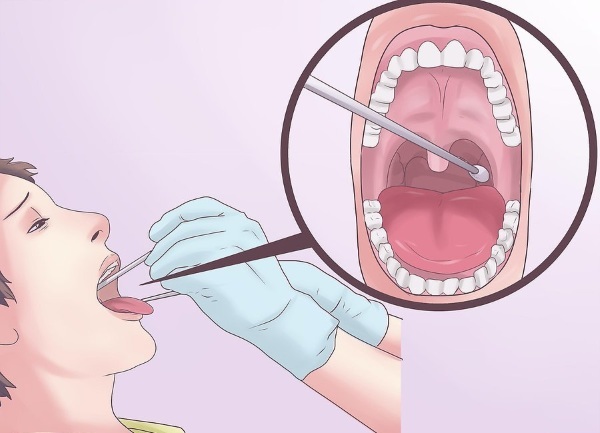
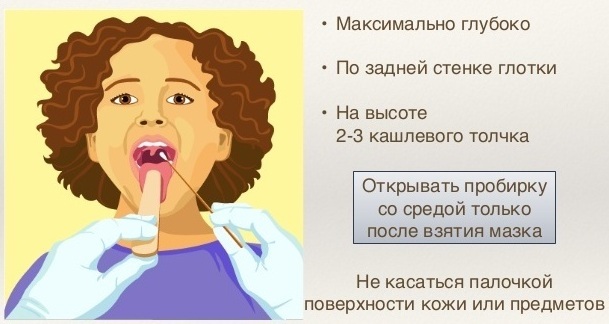
Throat swab for infections
After the completion of the procedure, the sample is placed in a test tube with an optimal medium for the further existence of microorganisms in a living state. The length of time during which the material must be examined does not exceed 1.5 hours. When collecting mucus, many patients develop a weak gag reflex, which is an absolute variant of the norm in this case.
Analysis decoding
A throat swab for infection, performed by a laboratory assistant or doctor, allows you to assess the nature and extent of the existing disorders. After receiving the finished sample, specialists begin to evaluate it. This takes into account both qualitative and quantitative indicators.
Cytological examination
When performing it, laboratory assistants evaluate the smear after transferring the biomaterial to a glass slide. An examination is carried out using a microscope. After the transfer, the glass is dried, fixed with alcohol and stained by the Romanovsky-Giemsa method.
When assessing the result obtained, the specialist will pay attention to the number and condition of leukocytes, eosinophils, epithelial cells and determine the type of individual elements of the microflora.
The assessment is made as follows:
- separate elements in rare fields of view (+/-);
- individual elements in frequent fields of view (+);
- many individual elements and their groups (+++).
This technique is not informative enough, but at the same time it saves time for decoding the results. Cytological examination is also an important diagnostic method that can be performed promptly identify abnormal cells that most often indicate the growth of neoplasms in ENT organs.
For more accurate data, the patient will most likely be asked to undergo a biopsy - taking a piece of tissue from the area under study for further study.
Bacteriological examination
When performing the procedure, the specialist will fill out a special form in which he will indicate the name of the pathogen in Latin and the total number of detected units - CFU. Based on the data obtained, the attending physician can easily select the optimal therapy regimen.
Bacterial culture
When comparing such a study with the conventional bacteriological method, the results are much more informative.
Bacterial culture is performed as follows:
- the selected sample is delivered to a specialized laboratory;
- for the study, the laboratory assistant prepares a nutrient medium;
- under the conditions of a thermostat, microorganisms placed on it begin to multiply actively;
- at different intervals, whole colonies of microbes appear on the glass in the form of spots of various shapes and shades;
- after the end of the recommended period of time, the specialist proceeds to the analysis of the results obtained.
For the cultivation of microflora, several basic nutrient media are used:
- blood agar - a jelly-like mass contains a sufficient amount of nutrients for almost all types of microorganisms;
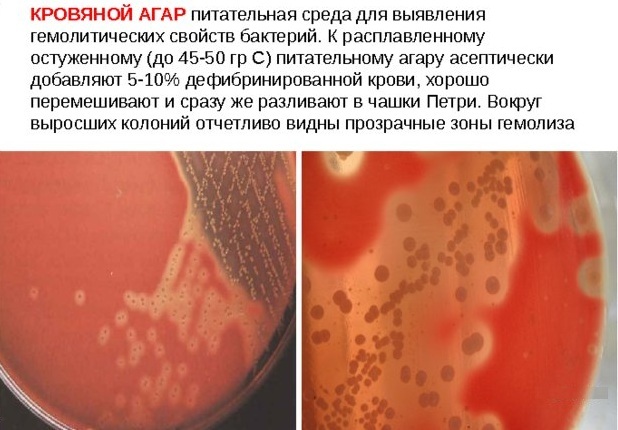
- Sabouraud's medium, or thioglycolic medium, based on peptone, soy flour and glucose syrup is also popular;
- chocolate agar - this medium is well suited for the detection of gonococci, hemophilic sticks and pathogens of purulent meningitis;
- yolk salt agar - used during diagnosis to confirm infection with staphylococcal microorganisms;
- Endo environment - Enterobacteriaceae actively grow on this mixture;
- enterococcal is a special composition for the growth of enterococci.
The bacteriologist will count the number of microorganisms - normally the indicator should not exceed 104 CFU / ml. If it turns out to be higher, they talk about the rapid growth of pathological microflora. A negative result will indicate that the cause of the disease was not bacteria or fungi, but viruses.
If the result is positive, the final form will contain the alleged disease in a person, the names of microorganisms and their sensitivity to certain antibacterial drugs.
What indicators are the most dangerous
The procedure can reveal a wide range of infections, among which the most dangerous are Staphylococcus aureus, Streptococcus, Pseudomonas aeruginosa and other causative agents of serious diseases.
Staphylococcus aureus
Microorganisms are conditionally pathogenic microflora and can normally inhabit the human body. A feature of this type of infectious agent is that Staphylococcus aureus has become it is much better to resist disinfectants, including ethyl alcohol, due to genetic mutations.
Therefore, in the presence of unfavorable factors, in particular, with a reduced immunity, the following diseases are often diagnosed in people:
- inflammatory processes in the lungs;
- lesions of the meninges;
- dysfunctions of the heart;
- chronic bronchitis;
- food poisoning;
- festering wounds;
- osteomyelitis;
- sepsis and so on.
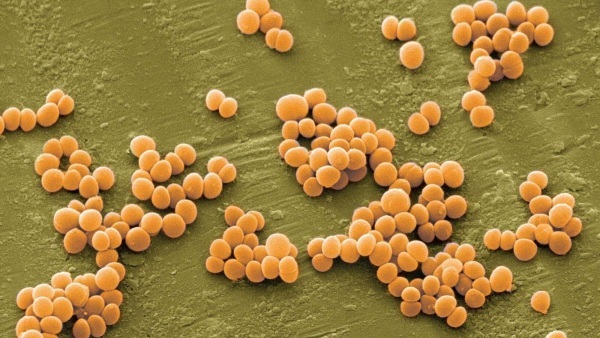
An additional danger is that Staphylococcus aureus can invade any area on the body, thereby causing generalized infections. Therefore, only a supervising physician can determine the treatment regimen and prescribe the appropriate drugs.
Streptococcus
Streptococcal infection can normally also be present in the body, but at the same time it can cause the following diseases:
- inflammation of the lung tissue;
- acute bronchitis;
- purulent otitis media;
- lymphadenitis;
- tonsillitis;
- sinusitis.
If treatment is not started in time, the result of the transferred infection can be many pathologies:
- dysfunctions of the heart or kidneys;
- bone damage;
- chronic rheumatism;
- joint diseases;
- blood poisoning.
Most often, acute symptoms of streptococcal activation appear 5-6 days after the start of their active reproduction.
During this period, it is very important to quickly find an effective method of treatment to suppress the processes of their vital activity. Streptococcal bacteriophage, produced in several forms for introduction into the body, is successfully used as an effective drug for this purpose.
Meningococcus
Many people unfamiliar with the bacterial microcosm have associated symptoms and development for a long time. meningitis exclusively with a cold arising from neglect of headgear during a cold period of the year. It has now been proven that this fact is not the main cause, but contributes to the weakening of the immune system.
Meningococcus is detected in at least 80% of all registered cases of the development of pathology. Infection occurs by airborne droplets during communication between people or after the appearance of a source of infection in the immediate environment of a person.
In the external environment, meningococci are not able to remain without a carrier for a long time and therefore quickly die. But with timely penetration into the body, their activity is soon restored.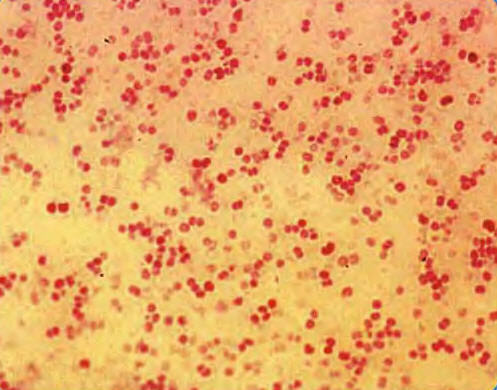
Among those with meningitis, up to half of the cases are recorded in children under the age of 5 years. This is facilitated by the special crowding in children's groups and close contacts during communication and playing games.
The most characteristic symptom in the acute stage of the development of the disease is a forced posture, in which the child lies with his legs pulled up to his stomach and his head thrown back strongly. The consequences of the acute phase can be the most dire if the patient is not provided with timely medical care.
Usually, chloramphenicol succinate and intravenous prednisone are successfully used for treatment. If there are signs of toxic shock, additional corticosteroids are prescribed.
Pseudomonas aeruginosa
A throat swab for infection can also identify such a pathogen. Its other name is pseudomonad. It belongs to one of the most resistant microorganisms to the action of antibacterial drugs. Pseudomonas aeruginosa is often the cause of nosocomial infections, after which up to 100,000 deaths are recorded annually worldwide.
The main features that affect human morbidity are that pseudomonads are highly variable and quickly adapt to changes in the environment. Moreover, they are able to withstand a long-term negative impact for a long time. The symptoms of infection are extremely diverse and affect all body systems.
To suppress and destroy Pseudomonas aeruginosa, there are relatively inexpensive drugs, for example, based on a sterile filtrate of its phagolysates. Accurate diagnosis and early initiation of antibiotic therapy play a key role in the treatment process.
In addition to the above, the smear allows you to identify a number of other pathogens:
- fungal infections;
- whooping cough;
- Koch's wand;
- enterovirus;
- adenovirus;
- bordetella;
- parainfluenza;
- listeria;
- flu.
This is not a complete list, but they are all accompanied by similar symptoms. Only with careful diagnosis and detailed examination is it possible to establish the true pathogen and select an effective antibiotic.
Features of treatment to eliminate pathogenic microflora
If pathological microorganisms are detected, it is imperative to follow all the recommendations of a specialist. Usually, patients are referred for treatment to an infectious disease doctor. Only he, after determining the type of pathogen, will be able to recommend a suitable drug.
This is due to the fact that an incorrectly selected antibiotic and other means will not only be useless, but also worsen the patient's condition. human due to their negative effect on the body associated with the processes of assimilation, biotransformation of active substances and their excretion metabolites.
In the process of treatment, it is important to adhere to the basic recommendations in order to prevent further spread of the infection:
- wash your hands as often as possible with warm water and high-quality antibacterial soap;
- in the absence of such an opportunity, you should use ready-made antiseptics from the pharmacy;
- the apartment should be thoroughly cleaned with disinfection of all accessible surfaces;
- special attention should be paid to door handles and switches.
And the last rule in the period of exacerbation of the disease - when sneezing, be sure to cover your nose with a thick handkerchief. During treatment, it should be changed as often as possible, washing at a high temperature, and then warming up with a hot iron.
A procedure such as a throat swab is essential for many patients. And for all its simplicity, performing analysis can often actually save the patient's life. Therefore, at the slightest suspicion of any infection, you should immediately seek medical help.
Throat sowing video
Komarovsky about a throat swab:


